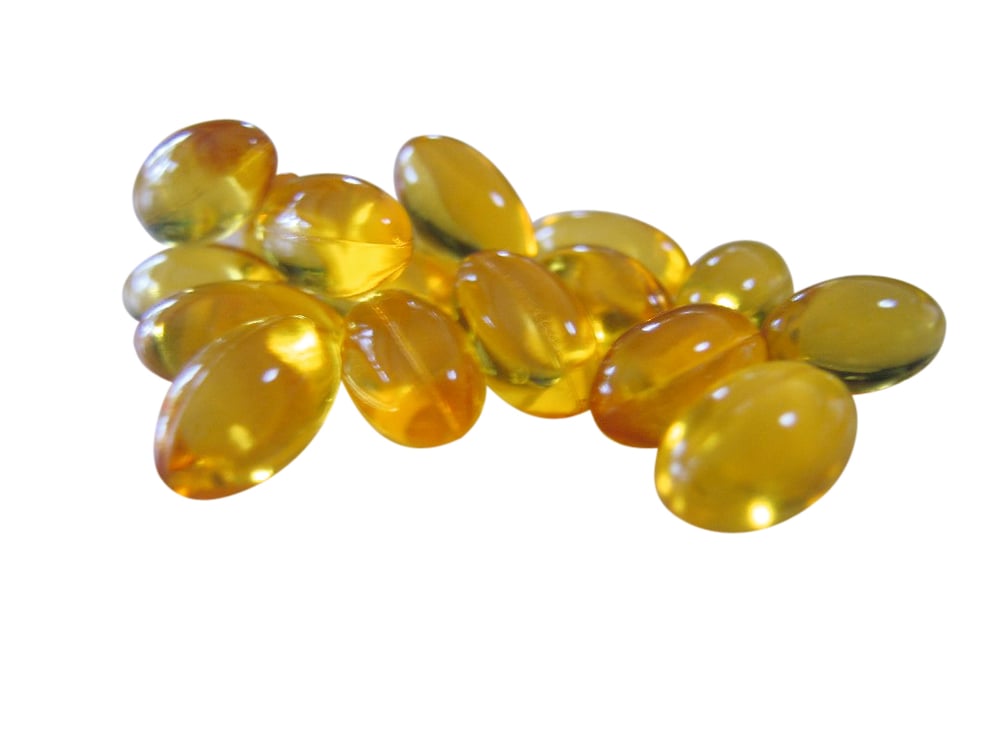
Issue 059
February 2010
Traditionally, the words “fat makes you fat” have been touted to sports people across the globe. As a result many fighters are avoiding fat like the plague, but with no understanding as to why. Fat has recently received more positive attention in the media, but its role for fighters is, generally, not fully understood.
When discussing fat it’s important to note that not all fat is created equal; in fact, in terms of how useful different types of fat are for a fighter’s diet, it’s not even close. The term ‘fat’ encompasses trans fatty acids as well as the often talked-about essential fatty acids. Trans fats are effectively useless but, as the name suggest, essential fats are essential!
The main types of fat include:
Saturated fats are generally thought of as ‘bad’ fats, and are consistently linked in research with coronary heart disease, increased cholesterol (LDL cholesterol is particularly bad) and various other diseases. Ideally, no more than 10% calorie intake should come from saturated fats.
Unsaturated fat, in particular Omega-3 fatty acids, have a host of benefits for a fighter and for general health. Healthwise, they have been shown to help reduce cholesterol and reduce the risk of heart disease. For a fighter, consuming adequate quantities of EPA / DHA (types of Omega-3 fat) has a variety of benefits, including:
During exercise, fat provides a virtually never-ending source of energy. For long and intense training sessions / fights, fat will be metabolized as an energy source; for this reason, fat is clearly an important part of a fighter’s diet. Fat also provides protection against impact for vital organs (including brain, liver, kidneys and spleen); in a sport where fighters are realistically going to take shots, fat helps to provide cushioning.

FATTY GOODNESS
Dietary fat plays an important role in transporting fat-soluble vitamins (A, D, E, K); avoiding fat can result in a vitamin deficiency. There’s little point to eating a variety of vitamins / minerals if there isn’t the means to transport them.
One aspect to be aware of when factoring fat into the diet is that fat is over twice as calorie-dense as carbohydrate and protein, with nine calories per gram of fat contrasted with four calories per gram of carbohydrate. If a food had ten grams carbohydrate and ten grams fat, there would be 40 calories from carbohydrate and 90 calories from fat. As a result, foods should have much lower amounts of fat, in grams, than carbohydrate or protein.
Putting it all together, a fighter should aim to consume about 20% of their calories from fat. Saturated fat should be consumed sparingly, but not eliminated altogether. This means reducing fried and heavily processed foods. ‘Good’ fats such as salmon, mackerel and fish oils should be consumed throughout the week. Consuming adequate essential fat can be difficult, particularly for those who don’t like fish. Maxi-EFA provides a high quality, potent fish-oil that can make getting the important fats into the diet a lot easier.
The wrong type of fat can make fighters fat, but some fats are essential for fighters to maximize their performance.
ASK THE EXPERT
I’m 5’9”, 11 stone and 29 years old. I’m pretty fit, train most nights and eat healthily, but I would like to put some weight on as I train with some big, strong dudes. How many meals and calories should I eat?
Taking into account your training frequency and your aim to increase weight, you’ll need more calories than the average male (which you often see on the back of food products). It’s difficult to give an exact amount, without knowing your exact activity-levels, but aim for around 3000cal divided between five or six meals. If you don’t gain weight, add another 500cal.
I’ve read that eating too much fish can be bad for you because of mercury poisoning. Does taking fish-oil supplements carry the same risk?
It’s hard to give a specific answer as it will depend on the sourcing, quality and type of fish. However, consuming high-quality fish oils (such as Maxi-EFA) that are free from mercury alleviates this risk. The same can be said for including a variety of high-quality fish sources within your diet.
...









